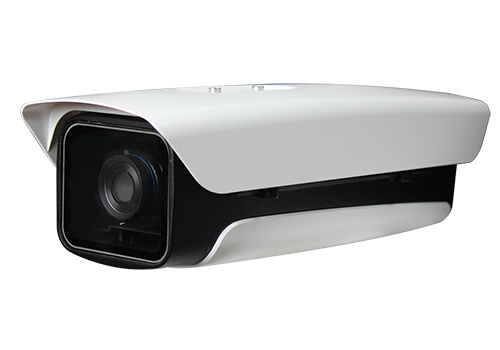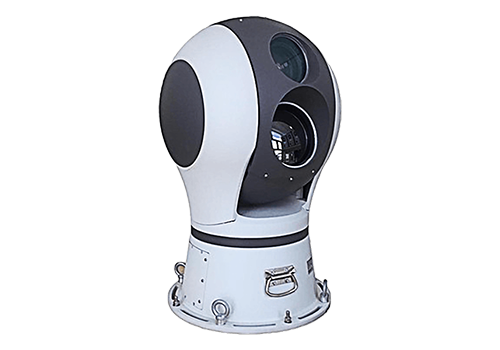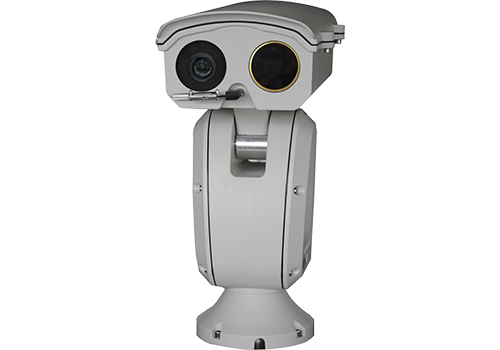Quanhom infrared lenses have been widely used for search, reconnaissance, and surveillance tasks.
Related thermal imaging camera systems can also use it for border and coastal defense monitoring, military base security monitoring, airport monitoring, oil field, oil depot security, forest, grassland, coal mine, granary, and other fire monitoring, port, river, lake monitoring, ecology, and environmental monitoring.
Airports and customs are special places where target monitoring and tracking can be quite easy by using ordinary cameras in the daytime. However, ordinary cameras are not as effective at night, for their imaging depends on visible light. Thus, at night or in a poorly lighted environment, the imaging effect of ordinary cameras can be unsatisfactory, which may cause neglection or false alarm in monitoring. Thermal imaging cameras can easily solve such problems. During the worldwide Covid-19 outbreak last year, the traditional temperature safety monitoring mode was no longer sufficient to ensure the safe and smooth clearance of the inbound and outbound passengers in airports and customs. The temperature monitoring system supported by thermal imaging technology can effectively improve the temperature monitoring ability of international travelers at ports.
In forests, the unremarkable hidden fire can also cause fire accidents that can hardly be discovered and prevented in time by artificial monitoring. Usually, such fire accidents are discovered when they have already gone out of control. Thermal imaging technology can set an upper limit of temperature for the target and have real-time analysis of it. According to the overall structures and features of different places, thermal imaging monitoring sites can be set at these places where there are more risks of fire accidents. Through all-weather all-around surveillance of the critical places, when the temperature of the target reaches the upper limit, the monitoring system will send alarms. The alarms can therefore help quickly determine the position and scale of the epicenter of the fire and nip the fire accident in the bud.
Thermal imaging cores mount with proper infrared lenses can detect extremely tiny temperature differences, convert the temperature difference into a real-time video image display, can see through obstacles such as fog, rain, smoke, and more. The devices can be used in extreme weather and generally used during the day and night for long-distance surveillance or homeland security.








